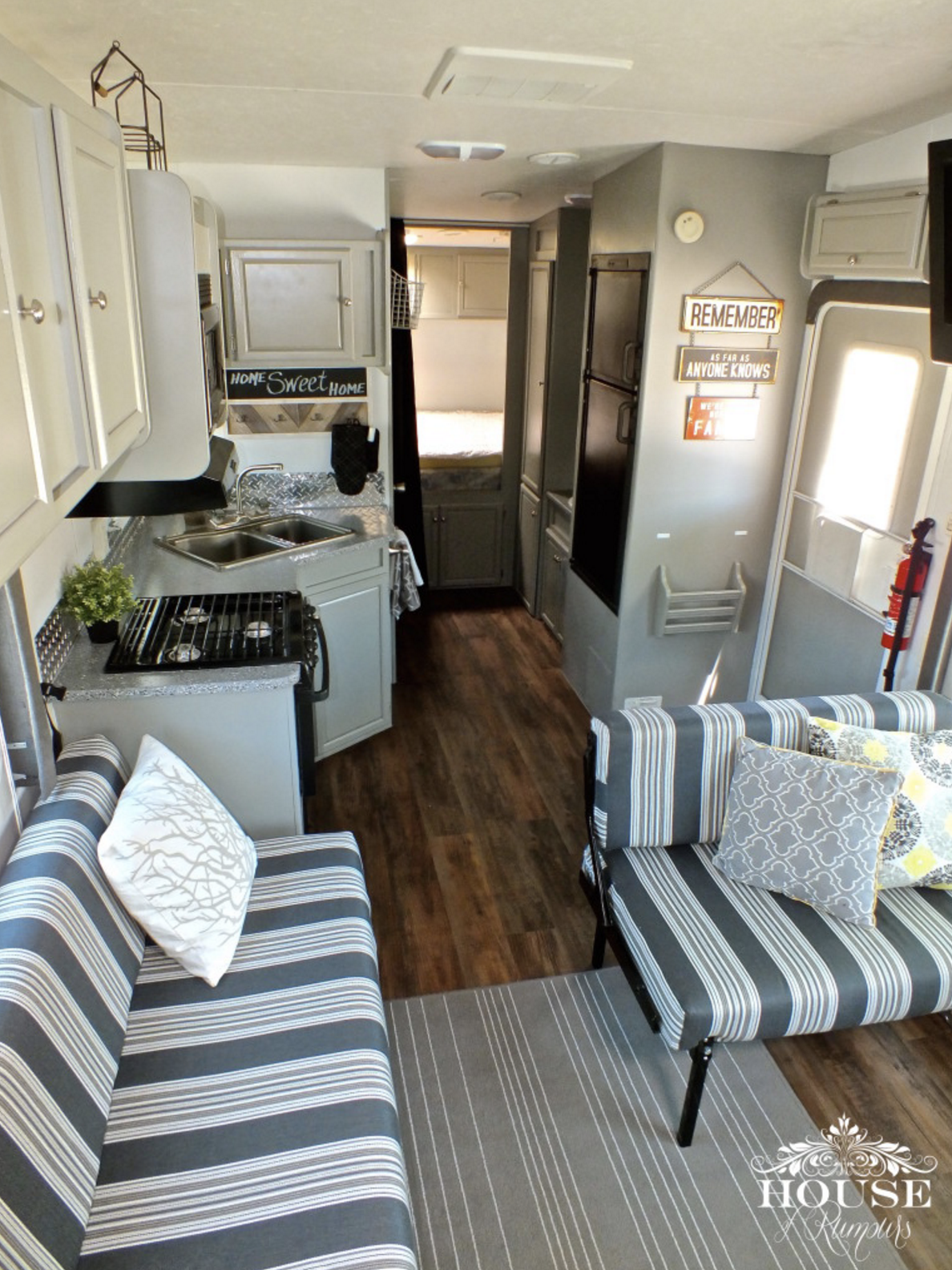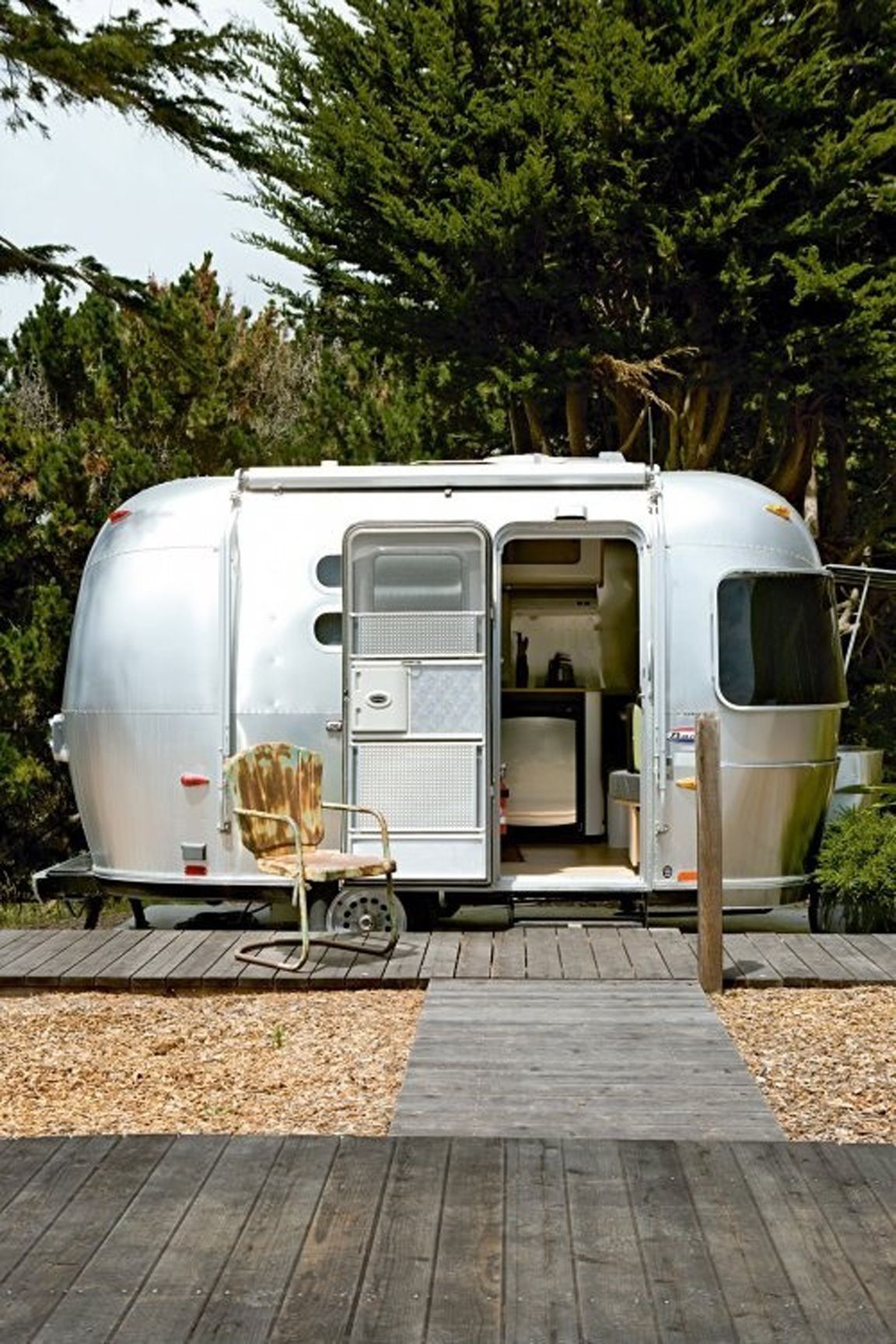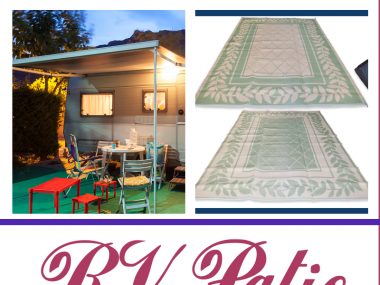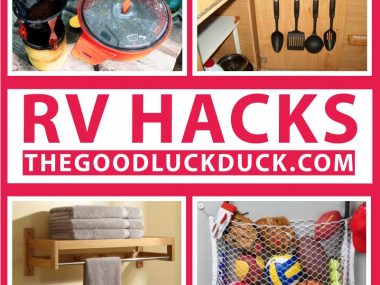RV Mold and Mildew Removal – When you’re packed and ready for a cross-country vacation, nothing can get you down more than mold spores in the RV. Fortunately, all is not lost.
While mold is unsightly and a health hazard, it can be beaten with a few easy-to-use remedies. Foremost among them – believe it or not – is vinegar.
Many people believe that bleach is the go-to remedy for this bugbear, but the jury is out on that one. Let’s take a look at what causes mold and how to tackle RV mold effectively.
Contents
Why Is Mold So Difficult To Remove From Surfaces, and Behind The Walls?
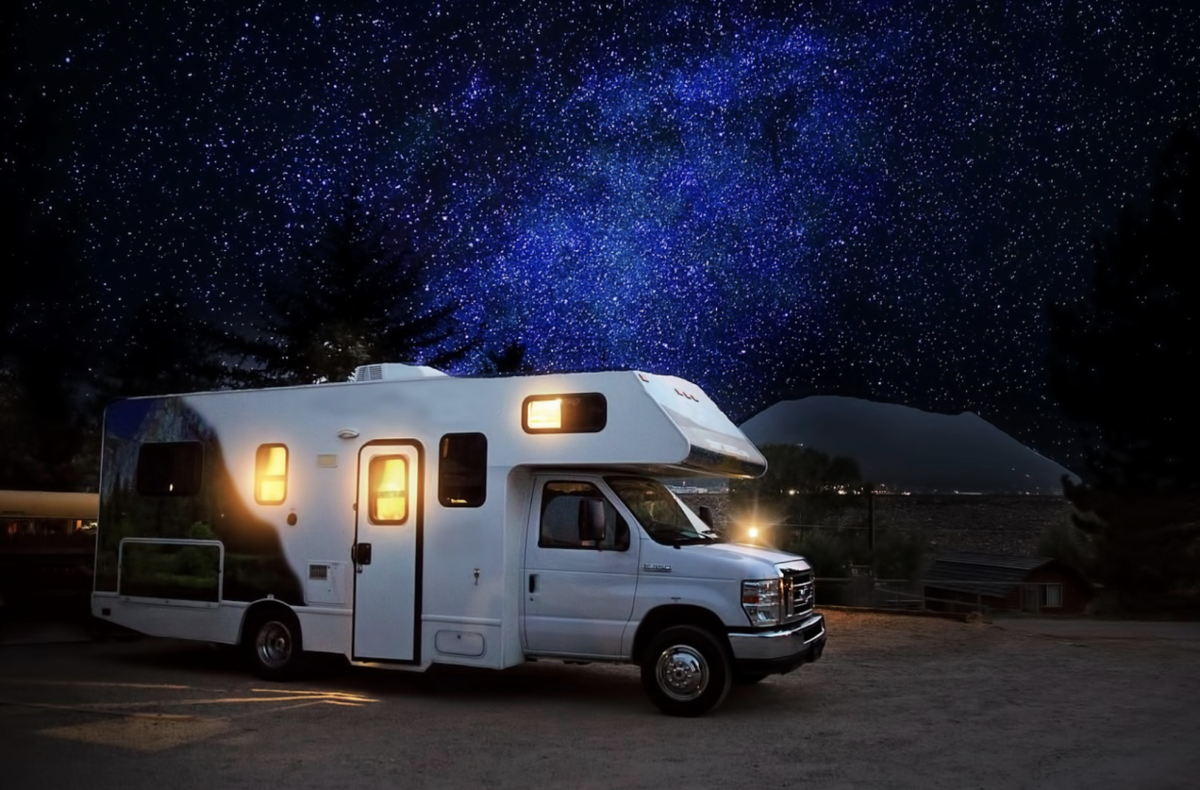
We are dealing with microscopic organisms that are airborne, and it’s tough to combat them if you can’t even see them. Since mold travels through the air, and the ventilation systems, it is easily transferable from one surface to another.
As soon as the spores land on services, they multiply, and repeat this process ad nauseam. This is especially notable when it comes to RVs. If you’re looking to maintain the value of your RV, then you want to get a grip on any potential mold that is growing, ASAP.
Rather than asking where it came from, it’s better to know what fuels mold growth to begin with. While it prefers damp areas to multiply, mold can travel into your RV, or your home on your clothing, and your hair, on your pets et cetera.
With all the humidity in the summer, there’s lots of precipitation, condensation, and seat variations inside and outside of your RV. If there are cracks, or tears, or joins in the material, that provides the perfect entry point for this fungus to start growing. Mold in the camper wall is easy to find actually because it can grow faster in the open up area.
How to find RV mold and mildew?
RV mold and mildew removal can be frustrating to sometimes. But it’s not all a crap shoot – there are ways for you to figure out if mold is present, even if you can’t see it. The smell test is a great one. While you can’t smell mold specifically, you can smell by the product of mold when it reproduces. For this we turn our attention to microbial volatile organic compounds.
If you wondering what it smells like, think of wet towels that have been sitting on the floor in your laundry room for a while. It’s musty, and unpleasant. If you don’t smell any mold, you’re not in the clear just yet. You must do a closer inspection.
Close Examination of Your RV For Signs of Mold and Mildew
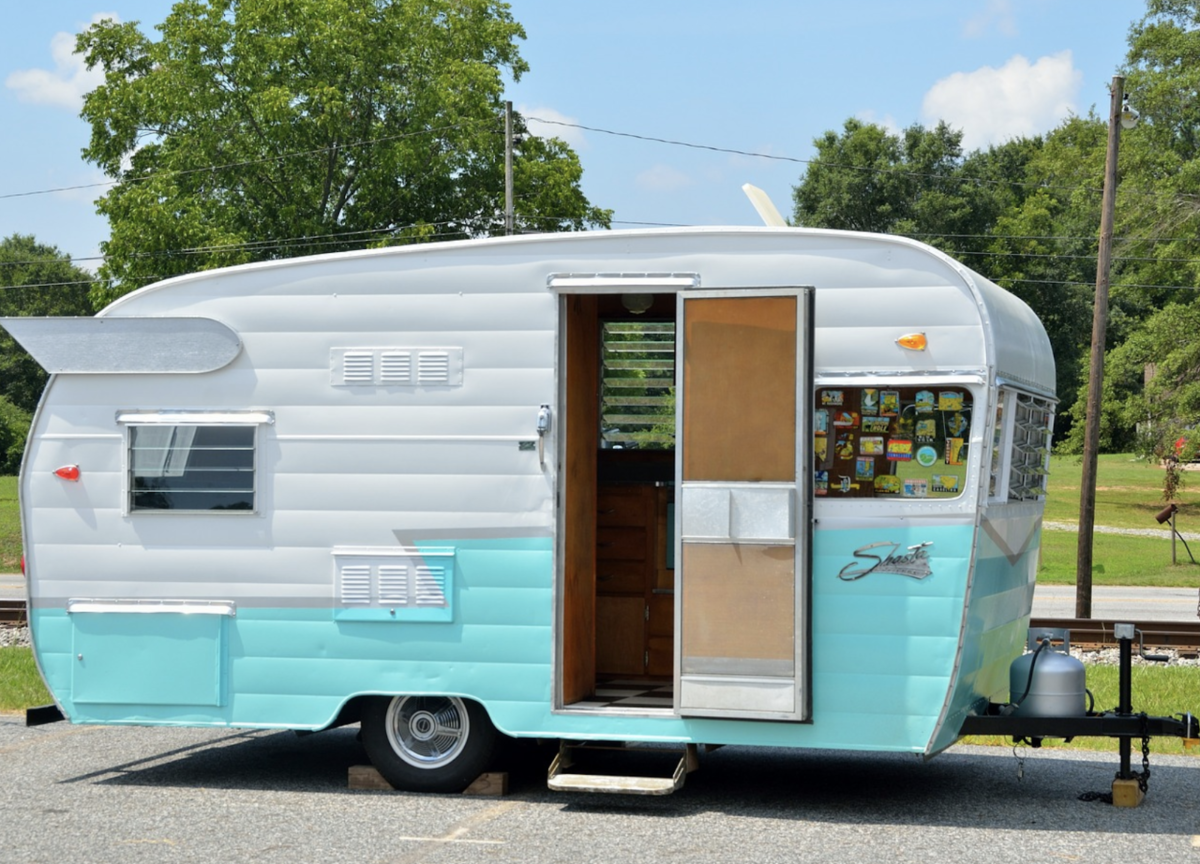
If you can see white mold in camper, you can make an assessment right then and there. The visual inspection test for RV stains is a great way to start. Most of the time, mold grows in the dark, behind the walls, inside the cracks, all underneath the fixtures and fittings. However, if you can see it you are halfway there. Look at the carpets on the floors, and the tiles on the walls.
What about the ceilings? Tell-tale signs of mold are stains. If there are leaks, chances are you’ve got mold growing. To verify, you can use a toxic mold kit that cultures the fungus on a settle plate.

Once you’ve confirmed the presence of mold, you can begin attacking it with purpose. You’ve got to go at it hard, with focus and http://www.canadianpharmacy365.net determination. It’s all or nothing with mold. Think it along the lines of knocking over ten pins at the bowling alley. You want a clean strike, not a gutter ball. While certainly nowhere near as pleasurable as a real trip to the bowling alley or a game of Bowling Frenzy at Casino.com, gearing up to tackle mold is an absolute necessity. For this we turn our attention to easily missed spots.
Where to Look for Signs of Mold and Mildew to Remove?
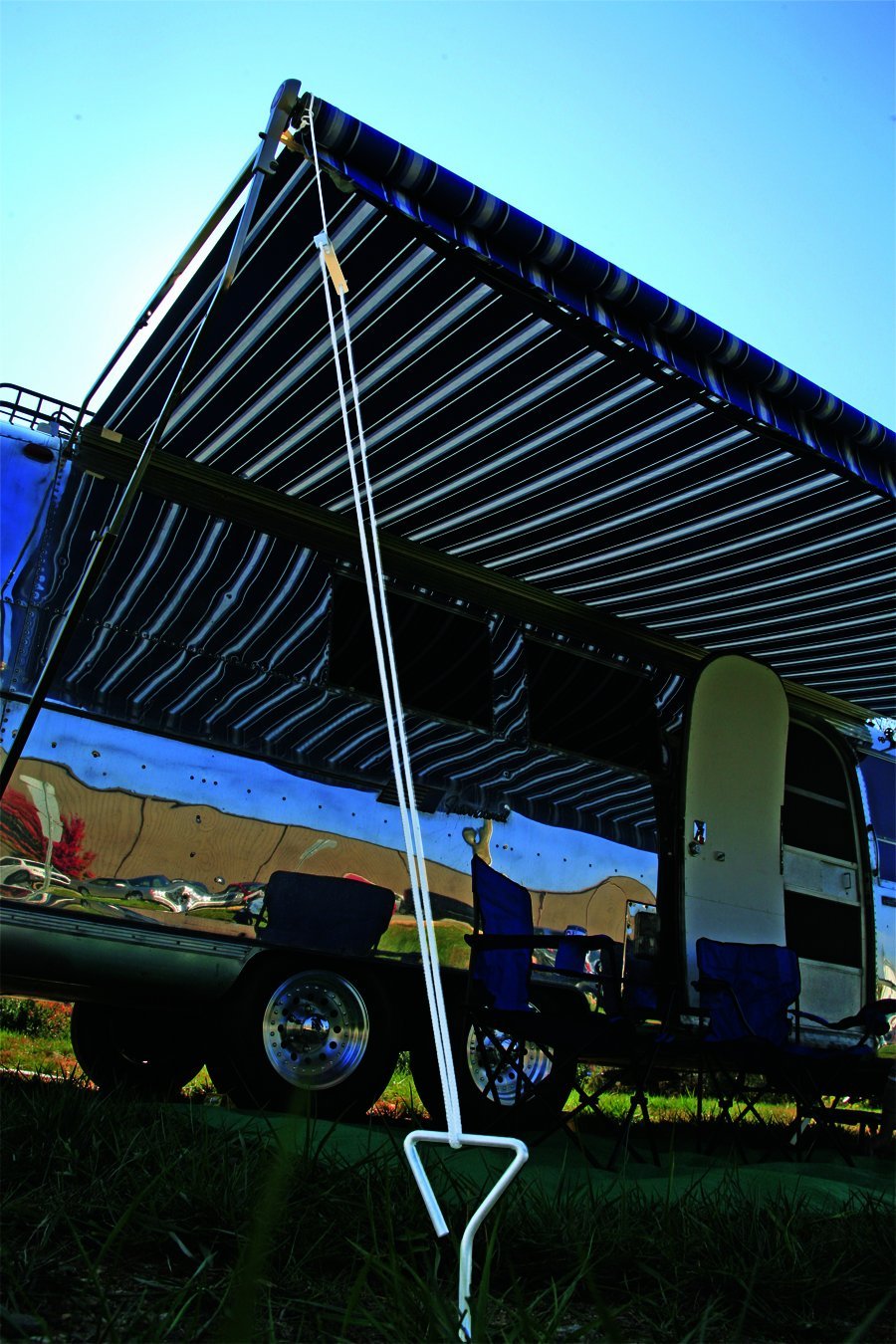
There are many areas that can be the place for mold to grow. One of them is awnings. Awnings are particularly susceptible to mold because they are often rolled up and moisture is allowed to collect inside the folds. How to clean an RV awning? Let’s see here.
Furthermore, pipes, faucets, sinks, drains, cisterns and the like are also like magnets for mold. One of the places where mold can grow is under the mattress in your RV. Since your body heat keeps the mattress warm, and you sweat at night, that’s the perfect location for microscopic particles to start congregating. No doubt, you’re eager to get rid of it once you’ve spotted it. Your best bet is a bottle of undiluted vinegar. You will want to protect your nose, throat, and mouth when dealing with mold, so wear masks or ventilation systems.
Other popular products that are used by RV enthusiasts include grapefruit seed extract, distilled ethanol, hydrogen peroxide, tea tree oil, and baking soda. You can use some of these in their raw form, but dilute the others. Once you’ve gotten a grip on the situation, constant vigilance is required to prevent regrowth.
Remember, this can start growing within hours, so it’s important to keep everything spotless, and clear of spores. Growth is not possible under 70°F, and a humidifier can help you to keep the moisture in the air at acceptable levels. Keep in mind that RV mold and mildew removal is essential. So, you can follow our way on how to get rid of mold in the camper.
